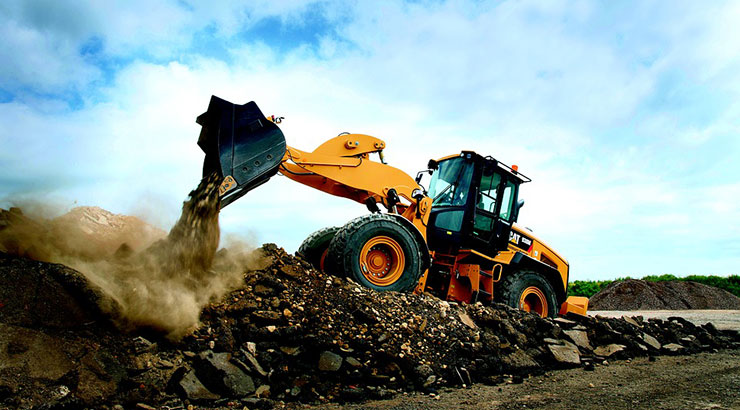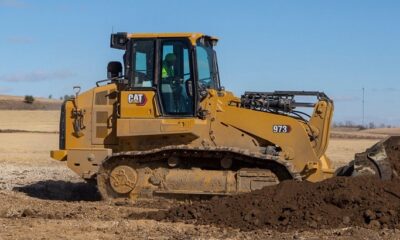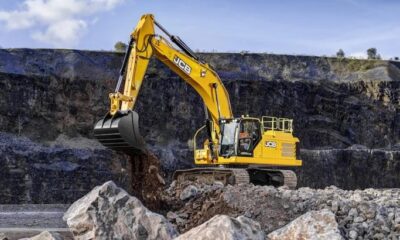Heavy Equipment
Wheel loader (front-end loader)
Wheel loaders are commonly used in the construction, mining and forestry industries.

Also known as front-end loader or bucket loader, wheel loader is a heavy machinery characterized by a wide square bucket mounted at the front and used for scooping, lifting, loading and transporting heavy materials and objects around job sites.
The versatile machine consists of an engine, cab, hydraulic and transmission components, a bucket connected to two arms that can move up and down, and wheels or tracks for movement around the work site.
The engine is set at the back over the rear wheels and serves as a counterweight for the load.
It scoops stockpiled loose materials such as earth, sand, debris or building materials and moves it for short to medium distances or loads it into dump trucks for transportation.
Wheel loaders are commonly used in the construction, mining and forestry industries.
There are two basic varieties of wheel loaders: tyre mounted and track mounted. The tyre mounted loader is the most popular since it provides better speed and mobility and does not cause damage to paved surfaces.
The track-mounted loader is preferred on muddy and soft ground since they have better traction, as well as work sites with sharp edged materials that would destroy tyres.
READ: Most Powerful Road Construction Equipment
Wheel loaders come in different sizes including compact, medium and large sizes with bucket capacities ranging from 0.5 to 40 cubic meters depending on the size of tractor and its use.
In most cases, the bucket is removable and can be replaced with other attachments such as a set of forks for lifting of heavy loads or a snowplow for clearing the ground during winter.
While diesel engine bucket loaders have dominated the market for a long time, today, there are fully electric models that come with huge ecological advantages such as lower noise levels, zero carbon emissions and nil soot particle pollution. This makes them suitable for use in inner cities, residential areas and enclosed work sites.












